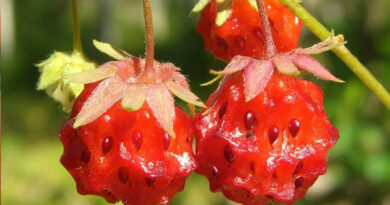About Olives
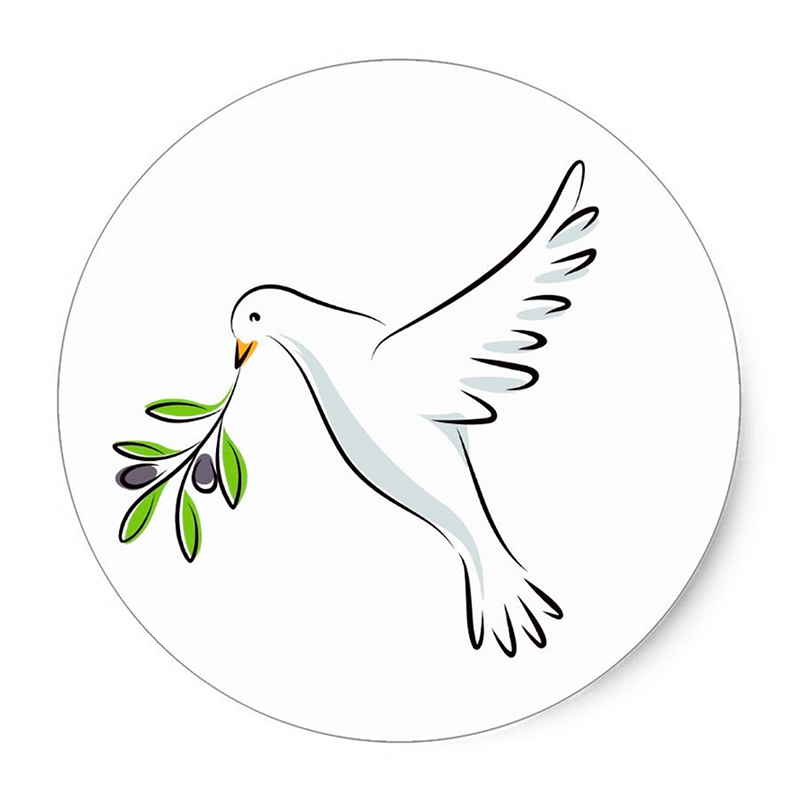
1. Peace.
Olive branches are a symbol of peace, and so we will look further into this species this week, with Remembrance coming up. In the Bible, when floods covered the Earth and Noah took out his ark, he sent out a dove and it came back with an olive branch; this may be the source of the symbolism.
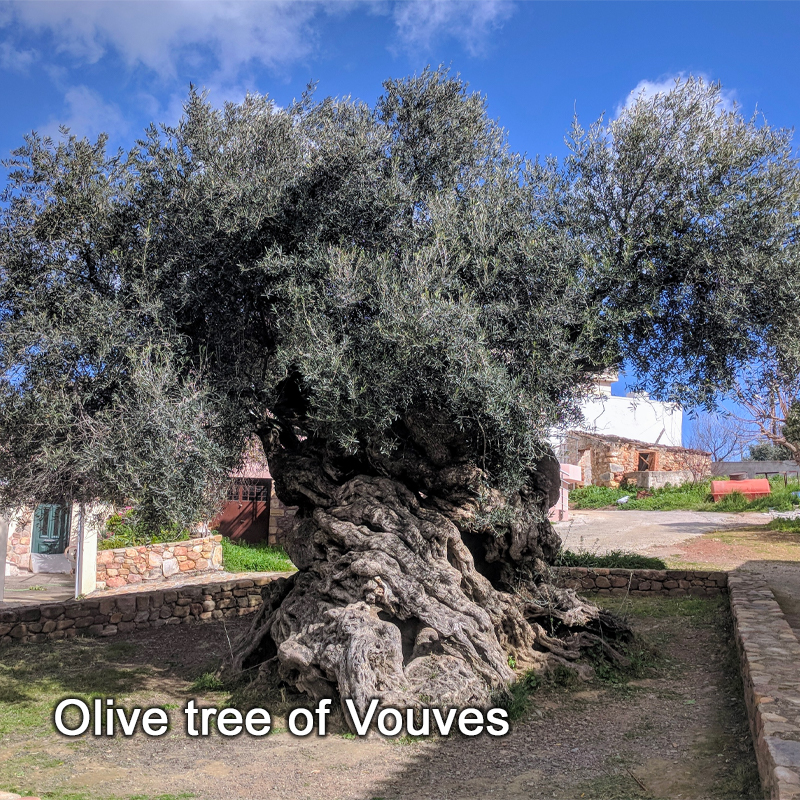
2. Old trees.
Olive trees can live a long time. There are some that have been carbon dated to over 2000 years old. There is one in Croatia that is 1600 years old and still produces about 66 pounds of olives per year. There are others purported to be 4000 years old.
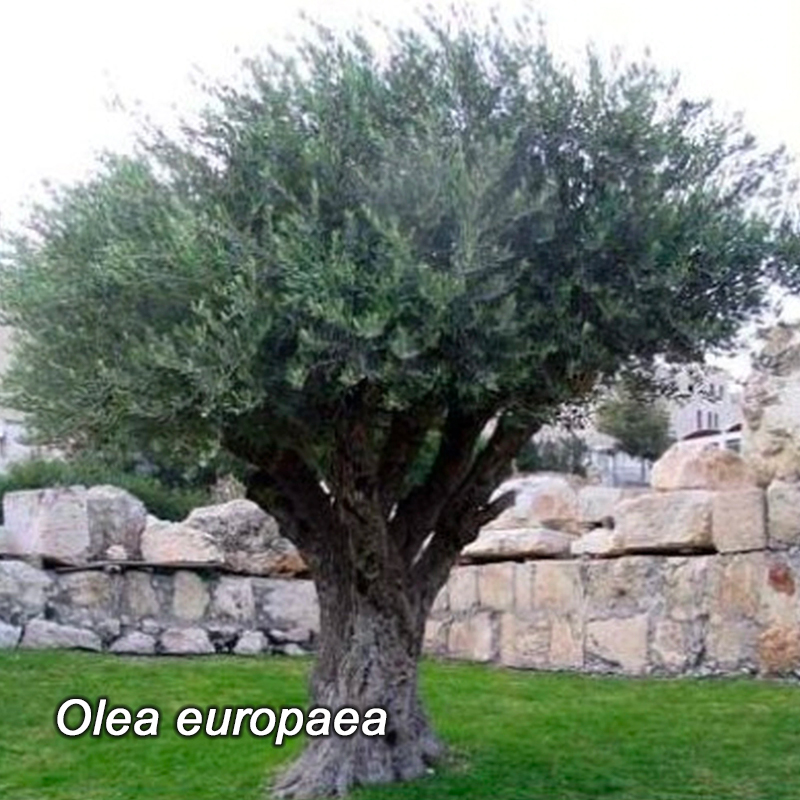
3. Canadian trees?
No. Except for a couple of determined growers on Pender Island and Saturna Island, south of the 49th parallel in BC, true olives don’t grow in Canada. It isn’t warm enough. The tree, Olea europaea, is from the Mediterranean Basin. Today it grows in all Mediterranean countries as well as Australia, India, China, South Africa, Mexico and the United States.

4. Russian olives.
The extremely cold-hardy tree known as the Russian olive is Elaeagnus angustifolia. It’s completely different from true olives, though it looks an awful lot like them. Russian olives come from southern Russia, Kazakhstan, Turkey and Pakistan and they’re hardy to Zone 2a. In warmer zones, though, it can be quite aggressive.
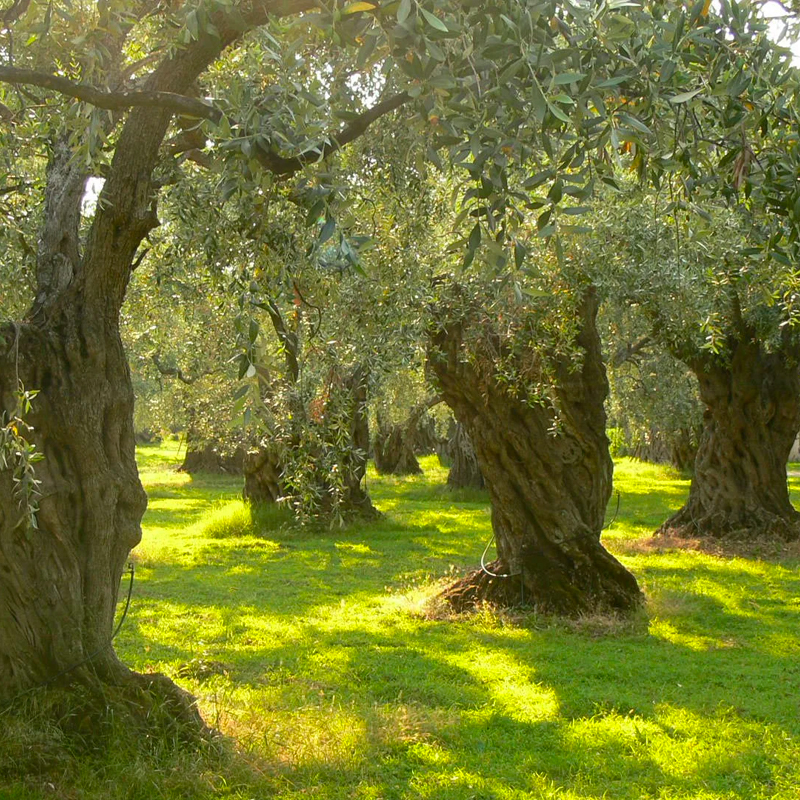
5. Ancient Greece.
Olives were grown commercially in 3000 BCE on Crete and may have been a reason the Minoan Civilization was so wealthy. It takes foresight to develop a grove because the tree requires 20 years to produce fruit. Way to go, ancient Crete!
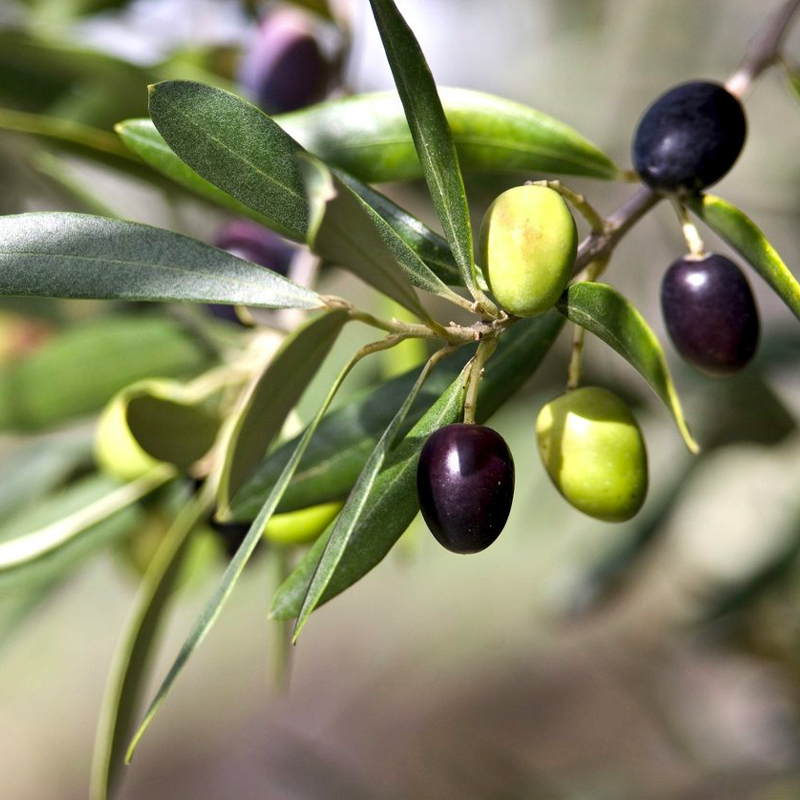
6. Olive fruit.
You could eat them straight from the tree, but you wouldn’t want to. They need to be cured (and sometimes fermented) to get rid of bitter compounds. You can cure them by soaking them in salt water or by putting them between layers of dry salt. It is common to soak them in lye to get rid of the bitterness.

7. Olive oil.
The word for oil comes from the word for olive in many languages. Aside from cooking with it and putting it on salads, olive oil was burned in lamps, made into soap and used for anointment.
8. Beauty oil.
It was also used as a cosmetic. Greek athletes, who trained naked, rubbed it all over their bodies and Cleopatra used it in her beauty regimen. It is antibacterial, though recent studies show that it has harsh effects on sensitive or dry skin.
9. Amurca?
Amurca is the dark sediment that settles from unfiltered olive oil. It was used before as a pesticide to control weed growth, particularly around olive trees. It is also useful as a floor polish, for oiling leather and as a lubricant for axles.
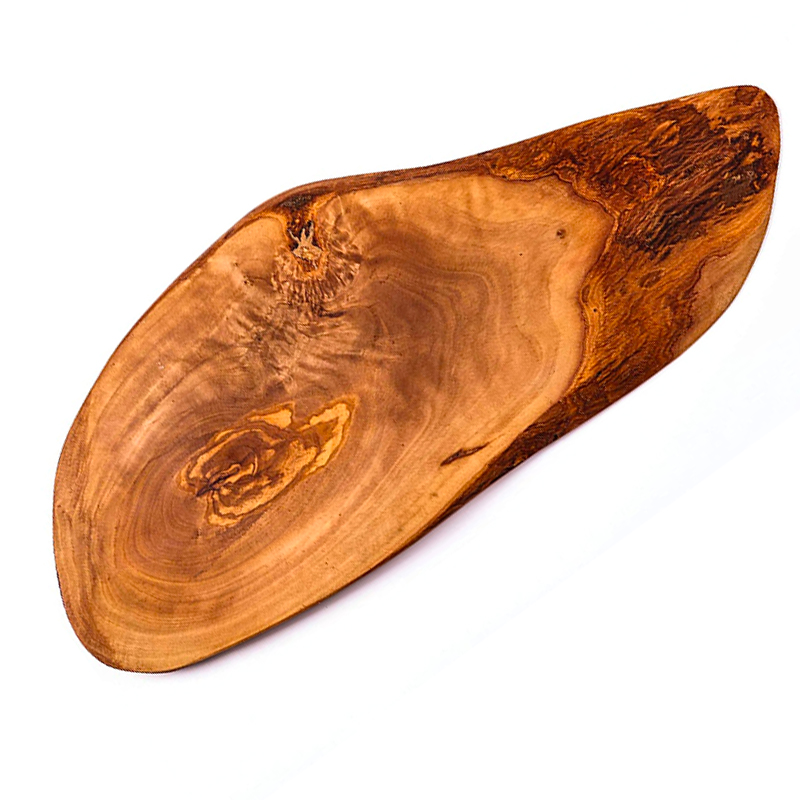
10. Olive wood.
This tree can be gnarled and twisted, which can make attractive wood, or it can make wood that isn’t useable. The wood that is useable has a fruity smell when you work with it and it sands down to a beautifully soft yet dense finish.
– Shauna Dobbie Copyright ©
Pegasus Publications Inc.



